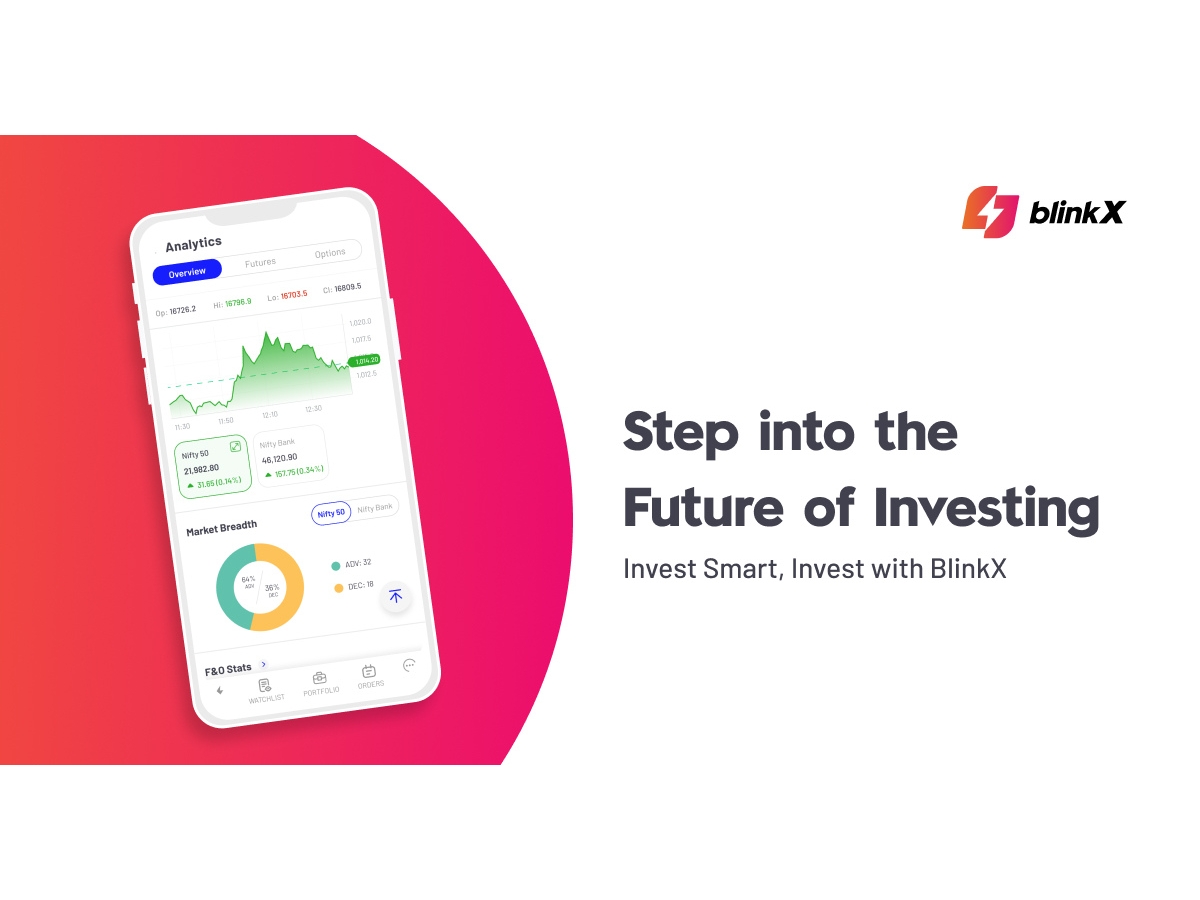Explained: What is an IPO? Here’s a complete guide for beginner investors

As the stock market in India touched its all time high, a significant chunk of the credit went to the performance of major IPOs launched this month.
Tate Technologies and Mankind Pharma were the biggest IPOs this year, making headlines for their stellar performance and booming share price. However, if you are a beginner in the stock market, you should know what an IPO is.
What is an IPO? Know the terminology
An initial public offering (IPO) is a process through which private companies offer shares to the public via the stock market for the first time. An IPO is beneficial for a company as it gives them a chance to increase their market cap and raise funds for necessary improvements in the firm.
After issuing an IPO, a private company turns into a public company, which means that the general public own the equity shares of the firm. An IPO is seen as a necessary step to help the company grow and raise a large amount of money.
When it comes to an IPO, the term subscription means how many times the company shares have been bought by the public. For example, if the company was selling 1000 equity shares but has received bids for 2000 shares, it means that the issue has been subscribed twice.
Since the IPO size is only 1000, not all the bidders will be able to get their share of the company. This is called IPO allotment. After the IPO dates are over, the allotment list is released by the company.
Ahead of the IPO dates, the company fixed the share price and the lot size for subscribers. The lot size refers to the minimum number of shares an investor has to buy to secure his equity in the company.
IPO allotment and subscription explained
One of the most significant things about an initial public offering is the IPO subscription status. IPO subscription, as explained above, is the number of times that an issue has been subscribed by the public.
IPO subscription status refers to the status of your investment into an issue. When it comes to big companies, the subscription usually goes twice or thrice of the issue size on the first day. Subscription status means the status of whether you will be able to snag a share of the company or not.
This is where the IPO allotment comes into play. Once you have made the investment, you will have to wait a few days before you get to know if any shares of the company have been allotted to you or not.
The IPO allotment day is usually a day after the issue closes. If you have not been allotted any shares, then the money will be refunded to you. Else, the shares of the company will be credited to your demat account. The IPO registrar is responsible for the allotment of shares of a company.
IPO price band and GMP
The issue price of an Initial Public Offering refers to the price at which the shares of the company will be sold at before the trading begins on the public exchange. The issue price is also referred to as the offering price.
The price band, however, has a significant difference from the issue price. The IPO price band refers to the price range of the shares at which the subscribers can bid for. The price band is set by the company and the underwriter of the issue, and the price may be different for each type of investor. This means that the price qualified institutional investors will be different from the price set for retail investors.
The grey market premium (GMP) of a company gives a feel of what the IPO can be like. The GPM of the company is released before the IPO is listed on the share market. The premium is determined by the difference between the price at which shares are traded in the grey market and the issue price set by the company.
How to invest in an IPO?
The primary concern with buying in an IPO lies with having an account on a brokerage or mobile app that handles IPO orders. One can also buy during an IPO through their stock broker or through the underwriter (bank that manages the IPO).
Apart from this, you need to have a demat account on any of the applications such as Zerodha, SBI Securities, HDFC and other brokerages that host the most IPO orders in India.
Advantages and disadvantages of investing in an IPO
The prime advantage of an IPO is it helps raise a major chunk of funding for the company, which means that the firm will have a chance to expand. The subscriber can see good returns on their investment as the company grows and their revenue goes up, hiking the share prices.
However, the disadvantage attached to investing in an IPO is that the investment is often big and risky. Companies set the lot size and share price of the IPO, leading to a large lump sum investment by the subscriber. Further, the risk factor is similar to investing in any company on the stock market, since there is no surety of a fixed return.





